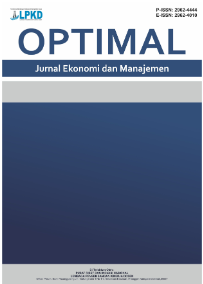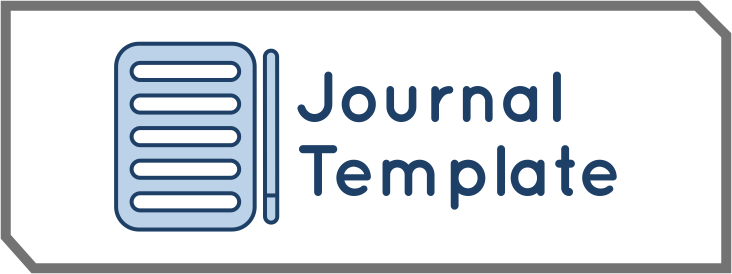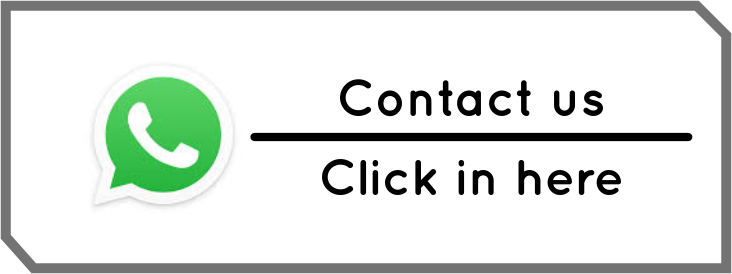Pertumbuhan Organik vs Anorganik: Perspektif Strategis dalam Menciptakan Keunggulan Kompetitif
DOI:
https://doi.org/10.55606/optimal.v5i2.6460Keywords:
growth strategies, organic growth, inorganic growth, hybrid strategy, competitive advantageAbstract
In an increasingly competitive and rapidly evolving global marketplace, growth is no longer an option but a necessity for organizational survival and success. Companies must choose between various growth pathways—organic, inorganic, or hybrid—each offering unique advantages and trade-offs. This study explores the strategic role of these growth strategies in fostering sustainable competitive advantage. Employing a systematic literature review, the research analyzes how organizations align internal capabilities with external opportunities to pursue growth strategies that respond effectively to dynamic market conditions. Organic growth supports innovation, brand consistency, and cultural continuity, while inorganic growth facilitates rapid expansion and access to critical assets. Hybrid strategies, integrating both modes, enable firms to balance long-term development with short-term agility. The findings highlight that strategic fit, absorptive capacity, and organizational flexibility are essential for executing growth strategies successfully. This paper offers a conceptual synthesis that informs strategic decision-making and contributes to advancing the theoretical discourse on corporate growth.
References
Aksenta, A., Nawawi, M., & Audhis, A. (2024). Business strategic and implementation of digital startup of usable goods commerce in Samarinda City. Jurnal Mantik, 8(1), 438–446.
Beirami, M. H., Khashei, V., Ebrahimi, M., & Haghighi, M. (2024). Dynamic capabilities and firm growth: A framework-based systematic literature review. Journal of Business Management. [Volume dan halaman belum tersedia].
Bhardwaj, S. (2025). Strategic integration in hybrid growth: Balancing innovation and acquisition. Journal of Organizational Strategy, 29(1), 88–105.
Brown, J., & Miller, T. (2022). Growth strategies and firm performance: A comparative study of organic and inorganic expansion. Journal of Strategic Management, 41(2), 102–119.
Carciochi, W. D., Gabriel, J. L., & Wyngaard, N. (2024). Cover crops and green manures: Providing services to agroecosystems. Frontiers in Soil Science, 4, 1518511. https://doi.org/10.3389/fsoil.2024.1518511
Fang, C., Rega, N., & Biczysko, M. (2024). Hot topic: Excited state processes in biomolecules. Frontiers in Chemistry, 12, 1467074. https://doi.org/10.3389/fchem.2024.1467074
Farahani, A., Vakil Alroaia, Y., Haghshenaskashani, F., & Faez, A. (2024). Predictive factors’ modeling of entrepreneurial opportunities in international companies. Journal of Value Creating in Business Management, 4(1), 392–414.
Fernandez-Perez, V., Garcia-Ramos, R., & Ramos-Rodríguez, A. R. (2022). Inorganic growth strategies and firm performance: The moderating role of strategic fit. Long Range Planning, 55(2), 102113. https://doi.org/10.1016/j.lrp.2021.102113
Garcia, R., & Lee, P. (2025). Market dynamics and growth alignment: Strategic considerations in merger outcomes. Strategic Business Journal, 18(2), 134–148.
Hitt, M. A., Arregle, J. L., & Holmes, R. M. (2020). Strategic management theory in a post‐pandemic and non‐ergodic world. Journal of Management Studies, 57(8), 1754–1760. https://doi.org/10.1111/joms.12661
Khashei, V., & Ebrahimi, M. (2024). Strategic agility and the adoption of inorganic growth in emerging markets. International Journal of Management Studies, 29(1), 51–68.
Lin, Y., Liu, Y., & Zhang, Y. (2021). How hybrid strategies affect firm innovation performance: Evidence from emerging economies. Journal of Business Research, 129, 528–540. https://doi.org/10.1016/j.jbusres.2021.02.038
Lukkarinen, T. (2025). The role of communities of practice in a product-led organization. Journal of Organizational Learning, 12(3), 277–295.
Nguyen, P., Lee, R., & Zhao, L. (2023). Mergers and acquisitions: A key driver of inorganic growth and competitive advantage. Journal of International Business, 29(4), 212–228.
O'Reilly, C. A., & Tushman, M. L. (2013). Organizational ambidexterity: Past, present, and future. Academy of Management Perspectives, 27(4), 324–338. https://doi.org/10.5465/amp.2013.0025
Prihatin, N. A., & Novianto, V. (2025). Implementing deep learning through the development of eco-pesantren as a school culture at PPM Baitussalam. Jurnal Sosialita, 20(1), 1–11.
Shaheer, N., & Li, S. (2022). Strategic integration failures in cross-border acquisitions: A resource-based perspective. International Business Review, 31(2), 101978. https://doi.org/10.1016/j.ibusrev.2021.101978
Smith, A., & Johnson, T. (2021). Organic versus inorganic growth: Strategic choices and implications for firms. Business and Management Review, 36(1), 85–95.
Teece, D. J. (2018). Business models and dynamic capabilities. Long Range Planning, 51(1), 40–49. https://doi.org/10.1016/j.lrp.2017.06.007
Ughulu, J. (2025). Organizational growth as a mindset: Leadership’s role in dynamic capabilities. Journal of Organizational Studies, 45(1), 88–103.
Venugopal, V. (2025). Revisiting Ansoff’s weak signal theory: Exploring the effects of machine learning on filters of weak signals. Technological Forecasting and Social Change, 196, 122483.
Wilson, D., & Tan, P. (2024). Strategic insights from environmental analysis: Impact on growth strategies and competitiveness. Journal of Strategic Marketing, 23(2), 150–164.
Xu, Y., Chen, Z., Swaminathan, J. M., Zhou, W., & Zhou, Y. (2025). Real-time performance feedback and its impact on worker performance. Journal of Operations Management, 68(1), 101792.
Zahoor, N., Al-Tabbaa, O., & Khan, Z. (2024). The role of absorptive capacity in responsible innovation: Evidence from emerging markets. Technovation, 126, 102673. https://doi.org/10.1016/j.technovation.2024.102673
Downloads
Published
How to Cite
Issue
Section
License
Copyright (c) 2025 OPTIMAL Jurnal Ekonomi dan Manajemen

This work is licensed under a Creative Commons Attribution-ShareAlike 4.0 International License.








